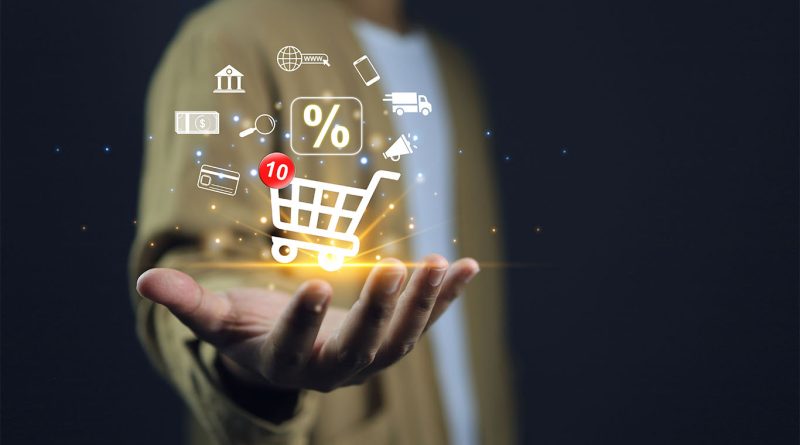Top 5 automation technologies improving the retail sector
Automation technologies are rapidly transforming the retail sector, enabling retailers to enhance operational efficiency, boost customer experience, and ultimately drive growth.
With the rise of e-commerce and changing customer behavior, retailers need to adopt automation technologies to stay competitive.
Here are the top five automation technologies that are improving the retail sector:
1. Artificial Intelligence (AI)
AI is revolutionizing the retail sector by automating various processes such as product recommendations, inventory management, and customer service.
AI-powered chatbots are, moreover, helping retailers provide 24/7 customer support, which has become a crucial aspect of customer experience. These AI algorithms help retailers analyze consumer data to personalize marketing messages and promotions, leading to increased customer engagement and loyalty.
Additionally, AI-powered cameras and sensors are being used in-store to monitor customer behavior, optimize store layout, and improve store security.
2. Robotic Process Automation (RPA)
RPA is another technology disrupting retail. The new software can automate repetitive and time-consuming tasks such as inventory management, order processing, and invoicing.
With RPA, furthermore, retailers can reduce errors, increase efficiency, and reduce labor costs. For example, some retailers are using RPA to automate the process of reconciling invoices with purchase orders, saving significant time and reducing the risk of errors.
3. Internet of Things (IoT)
The Internet of Things (IoT) is an interconnected network of devices that collect and share data with each other. In the retail sector, IoT sensors and devices are being used to track inventory, monitor store traffic, and analyze customer behavior.
Some retailers are using RFID tags to track inventory in real-time, reducing out-of-stock situations and increasing sales. IoT sensors can also track customer behavior, allowing retailers to personalize their shopping experience and improve store layout.
4. Augmented Reality (AR)
Augmented reality is another major contender because it provides customers with an immersive and personalized shopping experience. AR technology enables customers to visualize products in their own environment before making a purchase decision.
For example, a customer can use an AR app to visualize how furniture would look in their living room before making a purchase. AR technology can also be used to provide customers with product information and recommendations, enhancing the shopping experience. This will ultimately lead to more sales.
5. Blockchain
Finally, blockchain technology is enabling retailers to improve their supply chain transparency and reduce the risk of fraud.
By using blockchain, retailers can track the movement of goods from the manufacturer to the customer, ensuring authenticity and reducing the risk of counterfeit products.
Blockchain can also help retailers to optimize their supply chain by reducing the number of intermediaries, resulting in cost savings. It’s a win-win.
By embracing automation, retailers can increase efficiency, reduce costs, and ultimately drive growth in an evolving market environment. As these technologies continue to advance, the retail sector stands poised for further innovation and transformation, offering exciting opportunities for retailers to thrive in the digital age.
